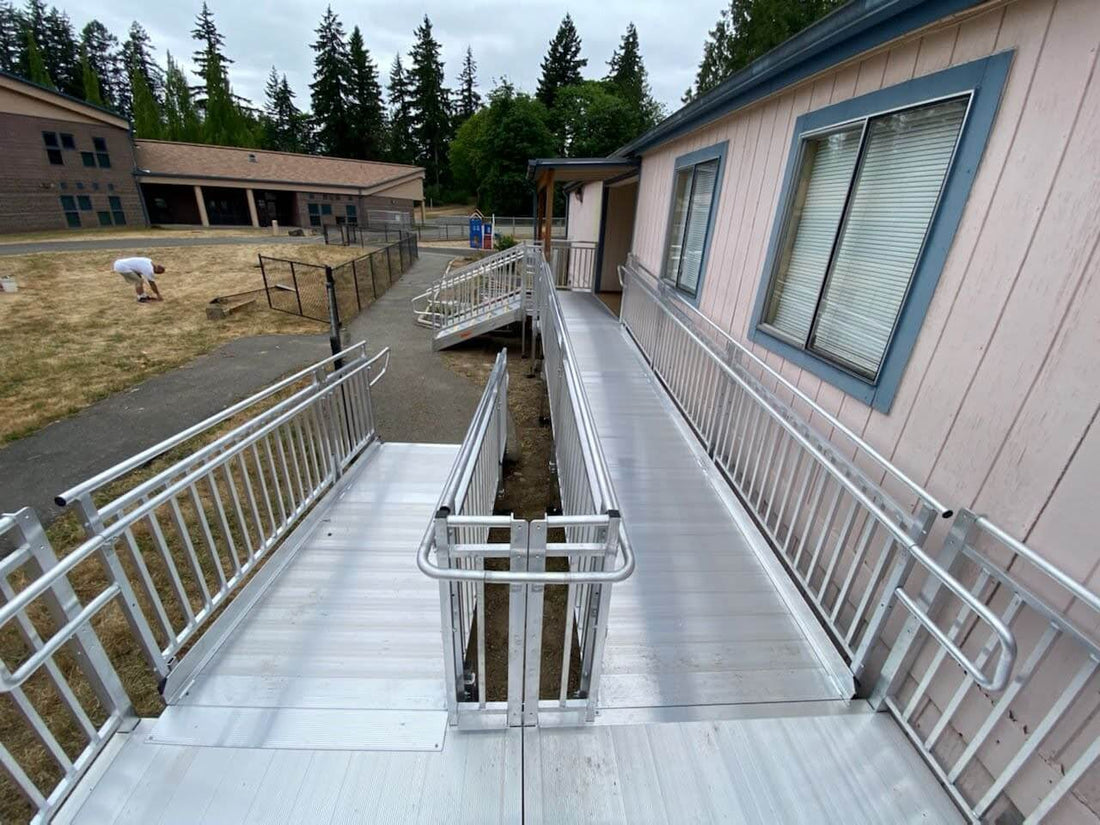As we mark the 34th anniversary of the Americans with Disabilities Act (ADA), it's important to reflect on the impact this landmark legislation has had on millions of lives. The ADA came into existence on July 26, 1990, as a comprehensive civil rights law that prohibits discrimination based on disability. Its goal is to ensure that people with disabilities have the same rights and opportunities as everyone else. From ADA-compliant ramps to employment protections, this legislation has had broad benefits.
The Birth of the ADA
The ADA was signed into law by President George H. W. Bush and has become a cornerstone of disability rights in the United States. The act covers various areas, including employment, public accommodations, transportation, and telecommunications. It aims to break down barriers that prevent individuals with disabilities from fully participating in society.
What the ADA Does
The ADA is divided into five titles, each addressing different aspects of accessibility and rights for individuals with diffrent abilities. It prohibits employment discrimination against qualified individuals with disabilities and ensures that everyone has equal access to public services, programs, and activities. It also requires that businesses and non-profit service providers make their facilities accessible to individuals with disabilities with ADA-compliant wheelchair ramps and other solutions that create equality. Additionally, the ADA mandates that telecommunications services accommodate people with hearing and speech difficulties.
There are miscellaneous provisions that apply across the board, ensuring the act's broad application and enforcement.
ADA Ramp Requirements
One of the key elements of ensuring accessibility in public spaces is the construction of ramps. ADA-compliant ramps must meet specific criteria to provide safe and easy access for individuals using wheelchairs or other mobility devices. Key requirements include:
- Slope: The maximum slope for a ramp should be 1:12, meaning for every inch of height, there should be 12 inches of ramp run.
- Width: Ramps must be at least 36 inches wide to accommodate wheelchairs.
- Landings: An ADA ramp must have level landings at the top and bottom, as well as at any change of direction.
- Handrails: Ramps longer than six feet must have handrails on both sides.
- Surface: The surface of the ramp must be stable, firm, and slip-resistant.
ADA-Compliant Stairs
In addition to ramps, the ADA also sets guidelines for stairs to ensure they are accessible. Stairs must have uniform riser heights and tread depths to prevent tripping hazards, as well as handrails on both sides that extend beyond the top and bottom risers. The edge of the stair tread must be curved or beveled to reduce the risk of tripping. EZ-ACCESS® designed the PATHWAY® HD Code Compliant Modular Stairs for comprehensive features that surpass the minimum requirements. Paired with the PATHWAY HD Code Compliant Platforms, the configuration possibilities are endless.
EZ-ACCESS’s ADA-Compliant Ramps
At EZ-ACCESS, we are dedicated to making the world more accessible. Our mission is to provide high-quality accessibility solutions that comply with ADA standards, ensuring safe and reliable access for everyone. Several of our ramps are designed to meet or exceed ADA regulations for ramps, making them ideal for business owners and building operators who need to ensure their facilities are accessible to all.
Our ADA-compliant systems like the PATHWAY HD Code Compliant Modular Ramps are built with durability and safety in mind. Made from high-quality aluminum, these ramps are not only strong and long-lasting but also lightweight and easy to install. Our key features ensure that achieving accessibility is not just feasible, but also convenient and seamless:
- Versatility: Our ramps can be customized to fit various spaces and needs, whether it’s a small business entrance or a large public facility.
- Safety: With slip-resistant surfaces and sturdy handrails, our ramps provide a safe pathway for all users.
- Compliance: We ensure that our PATHWAY HD ramps meet ADA guidelines, from width to railing to slope, giving you peace of mind that your facility is accessible and compliant with the law.
- Durability: Aluminum is resistant to corrosion and requires minimal upkeep, meaning accessibility doesn’t add a burden to facility maintenance requirements.

